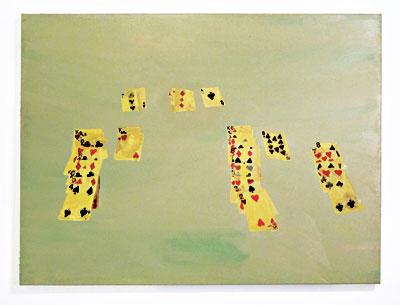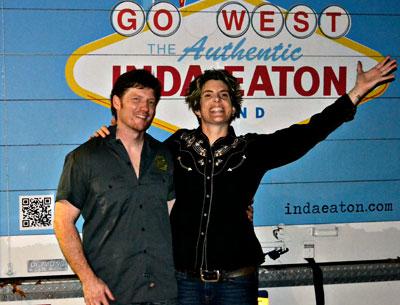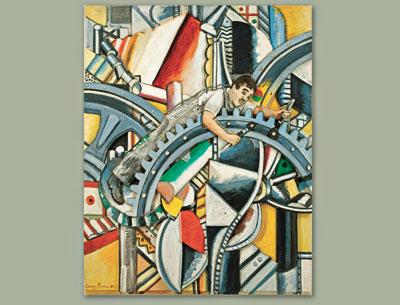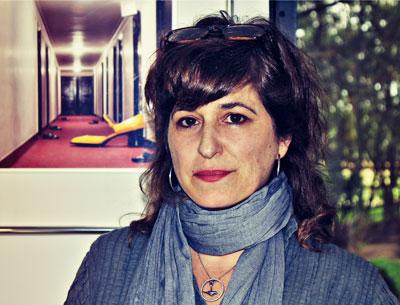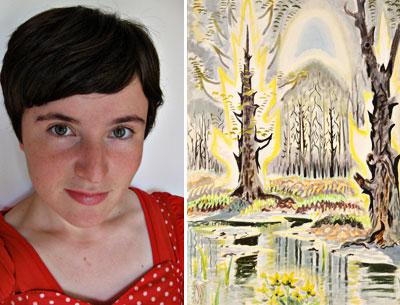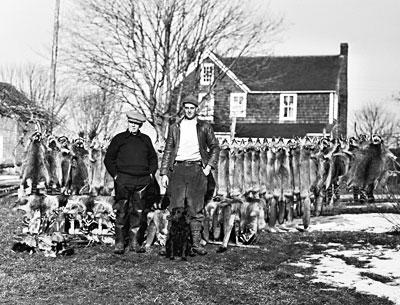BLACK FILM: Telling Stories, Probing Hype
BLACK FILM: Telling Stories, Probing Hype
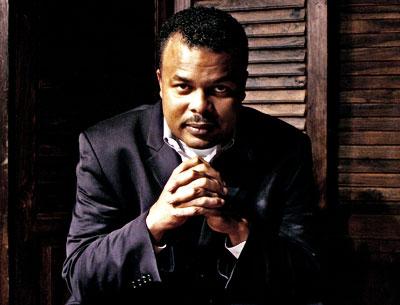
This year’s Black Film Festival, from the African American Museum of the East End, will take place on Saturday at the Parrish Art Museum in Water Mill from 12:30 p.m. until the evening.
Five films will be screened. “Raising Izzie” is about two young girls who struggle to stay together on their own without their parents, and a couple who long for children. Directed by Roger M. Bobb, it will be shown at 12:30 p.m.
“Purlie Victorius” is a 1964 film starring Ossie Davis and Ruby Dee, from a play written by Mr. Davis that premiered on Broadway in 1961. It follows a black preacher and a young girl’s efforts to con a plantation owner he once served. Nicholas Webster was the director, and Alan Alda can be seen in his first film role. It starts at 2:25 p.m.
“The Last/First Kiss” is about a couple in their 20s who have a spontaneous and brief romance after meeting in a park. The short film was directed by Andrea Ashton and will be screened at 4:15 p.m.
“The Learning Tree,” from 1969, is about African-Americans growing up in segregated Kansas in the 1920s and 1930s. It was written and directed by Gordon Parks from a semi-autobiographical novel of the same name. The first Hollywood studio film directed by an African-American, it will start at 5:15 p.m.
“Hoodwinked” is a documentary by Janks Morton, who will be on hand for a discussion at 8 p.m. following the 7:15 screening. It examines what shapes the perception of black men and how they see themselves. A number of black scholars from universities such as Syracuse, Columbia, and Howard discuss the statistics and stereotypes that affect the self-image of African-Americans and particularly the young.
Admission is $20 for all five films, including refreshments. Tickets can be reserved by phone at 283-5072. The museum is also seeking support for its programs, and donations can be made to AAMEE at P.O. Box 2263, Southampton 11969.

